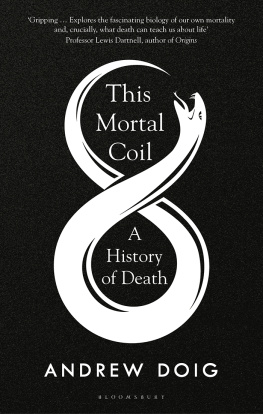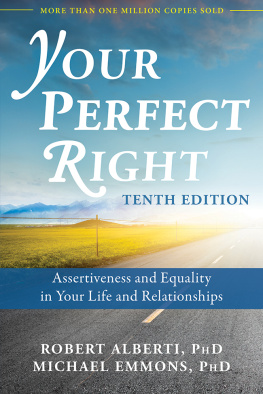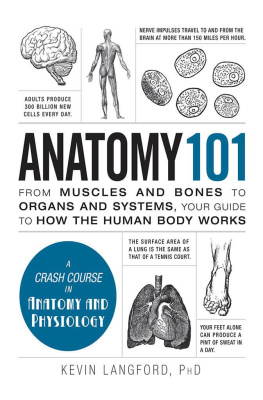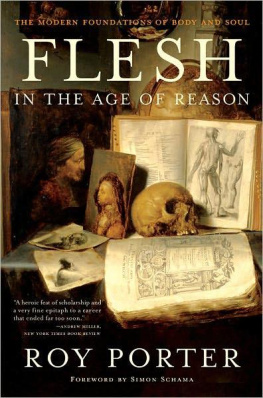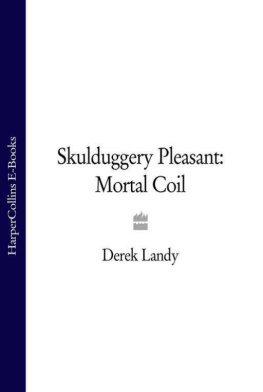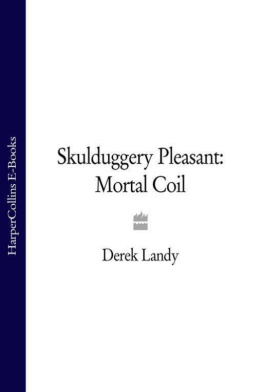Oxford University Press is a department of the University of Oxford. It furthers the Universitys objective of excellence in research, scholarship, and education by publishing worldwide. Oxford is a registered trade mark of Oxford University Press in the UK and in certain other countries
All rights reserved. No part of this publication may be reproduced, stored in a retrieval system, or transmitted, in any form or by any means, without the prior permission in writing of Oxford University Press, or as expressly permitted by law, by licence or under terms agreed with the appropriate reprographics rights organization. Enquiries concerning reproduction outside the scope of the above should be sent to the Rights Department, Oxford University Press, at the address above
You must not circulate this work in any other form and you must impose this same condition on any acquirer
Published in the United States of America by Oxford University Press 198 Madison Avenue, New York, NY 10016, United States of America
Links to third party websites are provided by Oxford in good faith and for information only. Oxford disclaims any responsibility for the materials contained in any third party website referenced in this work.
Acknowledgements
Research for this book was facilitated by a Wellcome Trust project grant. During my Senior Research Fellowship at Queen Mary University of London I co-founded the Centre for the History of Emotions, the first interdisciplinary emotions centre in the United Kindom. The Queen Mary History Department and the Emotions centre are home to many creative and generous scholars. To Thomas Dixon, Rhodri Hayward, Colin Jones, Miri Rubin, and Tiffany Watt-Smith, I owe sincere thanks and friendship.
I am grateful to Luciana OFlaherty for inviting me to write this book, for her patience when its completion was delayed by life, and for her critical comments. Thanks also to her colleagues at Oxford University Press, especially Matthew Cotton and Erica Martin. I would like to thank my anonymous reviewers wholeheartedly, and Miranda Bethell for her careful copy-editing.
Thank you to the staff at the Royal College of Surgeons of England, especially Louise King, Ruth Neave, and Brian Morgan for their kind assistance on the history of cosmetic surgery. Ian Burkitt and Fernando Vidal were generous in their time and ideas in talking through their work, for which I am grateful. Many thanks to Mark Jackson for his comments on Beauty and the Breast, a version of which will appear in his forthcoming edited collection on the history of disease.
On a personal note, I am grateful to the following people for their support, suggestions and a well-placed word at just the right time: Karen Alberti, Emma Alberti, george Alberti, Jo Alberti, Stephanie Amiel, Louise Anderson, Nikki Bandey, Joanna Bourke, Jenny Calcoen, David Clayton, Lauren Couch, Lol Crawley, Lesley Dean, Laura Gowing, Jeanette Gregory, Javier Moscoso, Paddy Ricard, Matthew Shaw, Wiebke Thormahlen, Sandra Vigon, and Paul Woodgate.
In 2014 my daughter went through a life-changing surgical procedure that I have written about in this book. During that time the dedicated staff at Great Ormond Street Hospital made everything more bearable, especially Rory Philbin and the nursing team. Stewart Tucker is a highly skilled surgeon and I thank him and his colleagues for getting it right.
Putting the final touches to a manuscript can be gruelling, and I thank Sam Alberti for his support, especially in the concluding stages. I appreciate his bibliographic and proofreading help, his useful commentaries and his keen eye for detail.
To my beautiful children, Millie Bound and Jacob George Alberti: mind, body, soul, whatever there is, whatever I have: its yours.
Contents

To be, or not to be: that is the question:
Whether tis nobler in the mind to suffer
The slings and arrows of outrageous fortune,
Or to take arms against a sea of troubles,
And by opposing end them? To die: to sleep;
No more; and by a sleep to say we end
The heartache and the thousand natural shocks
That flesh is heir to, tis a consummation
Devoutly to be wishd. To die, to sleep;
To sleep: perchance to dream: ay, theres the rub;
For in that sleep of death what dreams may come,
When we have shuffled off this mortal coil,
Must give us pause: theres the respect
That makes calamity of so long life
The playwright William Shakespeare is often depicted as the first modern writer, with Hamlet as a particular example of anti-mediaeval modernity.
Few of us are happy with our bodies, despite their endless, dedicated service. But for most of us our bodies are the inescapable material reality that we live with and in. Whether regarded as machines or temples, they get us from A to B and from birth to death. They also give us considerable pleasure along the way, in kissing our lovers, hugging our friends; in eating and drinking; and in endless forms of physical exercise and expression, from dancing and singing to running, pole-vaulting, and sex.
We know that conceptions of the perfect body are cultural: perceptions of beauty and health vary across time and continents. But it is taken for granted that humans through history have felt relatively similarly about their bodies, and what they can experience. After all, why should we feel any differently from our forebears? Like them, our hearts beat within our chests, our cheeks blush, our tongues taste, our stomachs digest and our lusts are inflamed. Some people claim to have penises with minds of their own; others possess vaginas that are by and large described by their absence (i.e. the lack of a penis). Like the similarly problematic concept of human nature, the body is an unchanging entity in a changing world. For manycertainly outside academic debates about bodies and emotionsthe idea that the body has a history is faintly absurd. Bodies just are: stable and solid vehicles for our emotions, our memories, and even our souls, if such things exist.
Yet the idea that Shakespeare is our contemporary, as was claimed in the 1960s, ignores the considerable differences in ideology, religion, medicine, politics, philosophy, and art that have taken place between the seventeenth and the twenty-first centuries.
A particular influence on the academic study of the body in the twenty-first century is the emergence of new technologies.
This Mortal Coil is situated within the histories of medicine, pathology, and the body as well as the histories of emotions and culture. It uses not only medical scholarship but also literary evidence to understand how and why our beliefs about the body have emerged and how those beliefs impact on our lived experiences. It argues that the ways we inhabit the body have changed, along with the meanings bestowed on certain organs like the heart, the brain, the spine, and even the tongue. Throughout history the body, with all its nerves, its veins and arteries, its organs and pathways, its fears and worries, is terrain that has been mapped in different ways, while the analogy of the body as foreign land to be explored and understood reinforces the idea of the anatomist as explorer and civilizer. For centuries we believed that we possessed souls that were part of the body and inseparable from it. Now we exist in our heads, and our bodies are vessels for that uncertain and elusive thing we call our selves, at least in the West.



